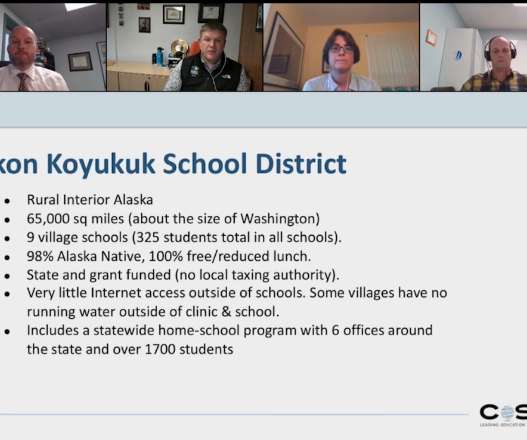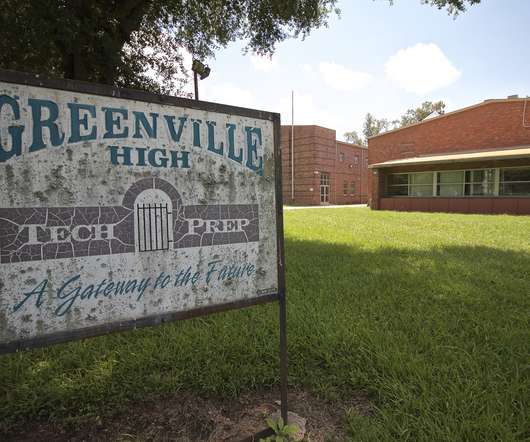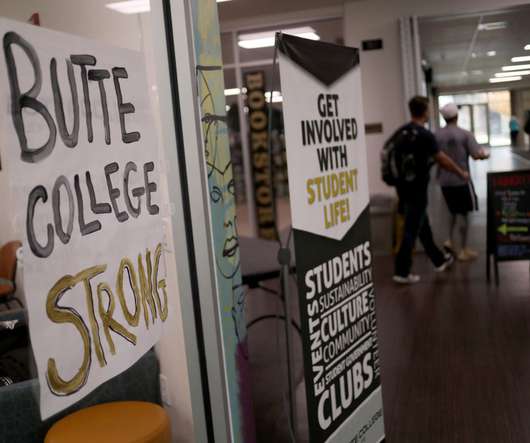The Challenges of Broadband Access in Rural Schools
edWeb.net
DECEMBER 2, 2019
But in order to take advantage of edtech, they first need broadband access. Even when broadband is available, many students don’t have access at home. They’ve opened up their doors to their neighbors for their own broadband needs. In 2010, he was hired by Albemarle County Public Schools as an instructional technology specialist.








































Let's personalize your content